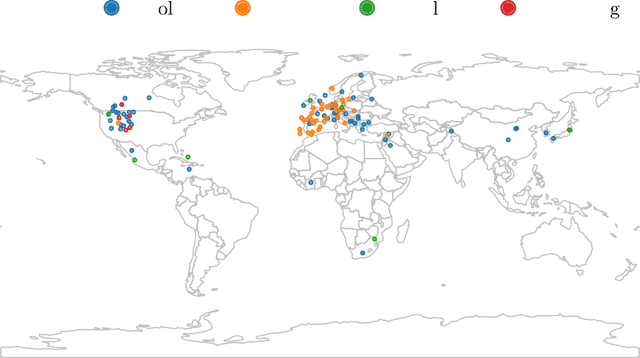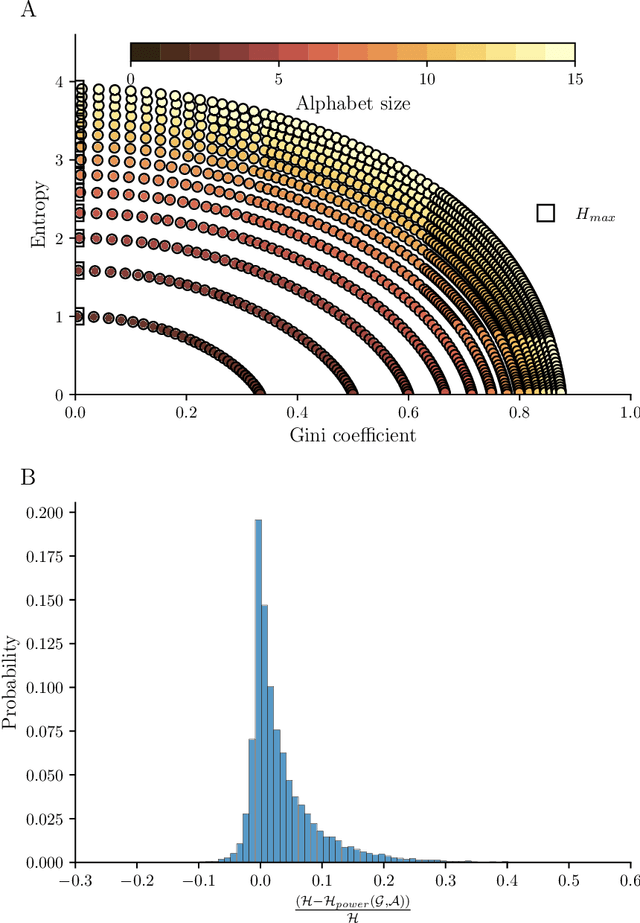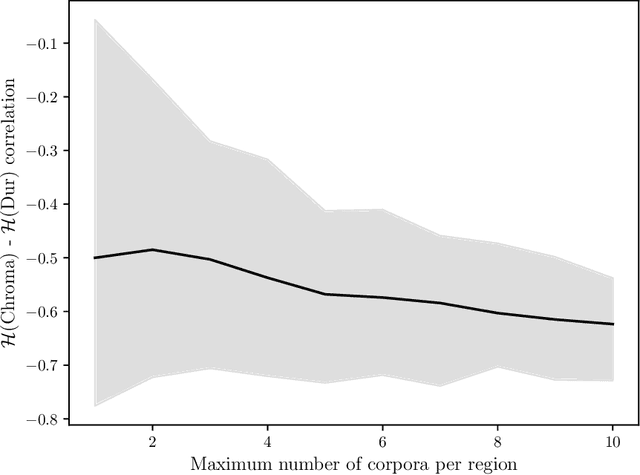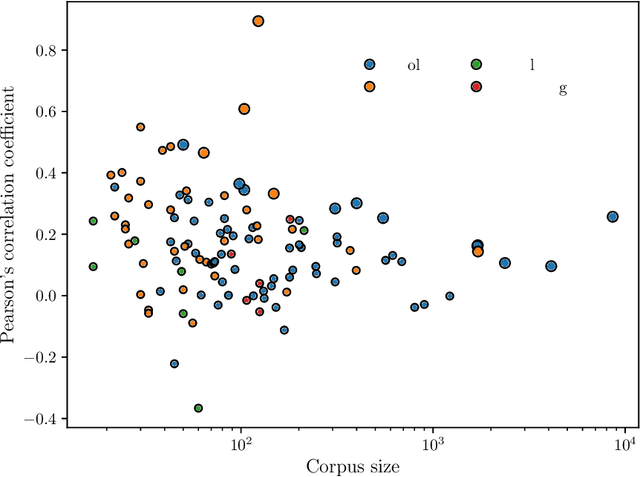John M McBride
Melody predominates over harmony in the evolution of musical scales across 96 countries
Aug 22, 2024Abstract:The standard theory of musical scales since antiquity has been based on harmony, rather than melody. Some recent analyses support either view, and we lack a comparative test on cross-cultural data. We address this longstanding problem through a rigorous, computational comparison of the main theories against 1,314 scales from 96 countries. There is near-universal support for melodic theories, which predict step-sizes of 1-3 semitones. Harmony accounts for the prevalence of some simple-integer-ratio intervals, particularly for music-theoretic scales from Eurasian societies, which may explain their dominance amongst Western scholars. However, harmony poorly predicts scales measured from ethnographic recordings, particularly outside of Eurasia. Overall, we show that the historical emphasis on harmony is misguided and that melody is the primary determinant of the world's musical scales.
Information and motor constraints shape melodic diversity across cultures
Aug 22, 2024



Abstract:The number of possible melodies is unfathomably large, yet despite this virtually unlimited potential for melodic variation, melodies from different societies can be surprisingly similar. The motor constraint hypothesis accounts for certain similarities, such as scalar motion and contour shape, but not for other major common features, such as repetition, song length, and scale size. Here we investigate the role of information constraints arising from limitations on human memory in shaping these hallmarks of melodies. We measure determinants of information rate in 62 corpora of Folk melodies spanning several continents, finding multiple trade-offs that all act to constrain the information rate across societies. By contrast, 39 corpora of Art music from Europe (including Turkey) show longer, more complex melodies, and increased complexity over time, suggesting different cultural-evolutionary selection pressures in Art and Folk music, possibly due to the use of written versus oral transmission. Our parameter-free model predicts the empirical scale degree distribution using information constraints on scalar motion, melody length, and, most importantly, information rate. This provides strong evidence that information constraints during cultural transmission of music limit the number of notes in a scale, and proposes that preference for intermediate melodic complexity is a fundamental constraint on the cultural evolution of melody.
 Add to Chrome
Add to Chrome Add to Firefox
Add to Firefox Add to Edge
Add to Edge